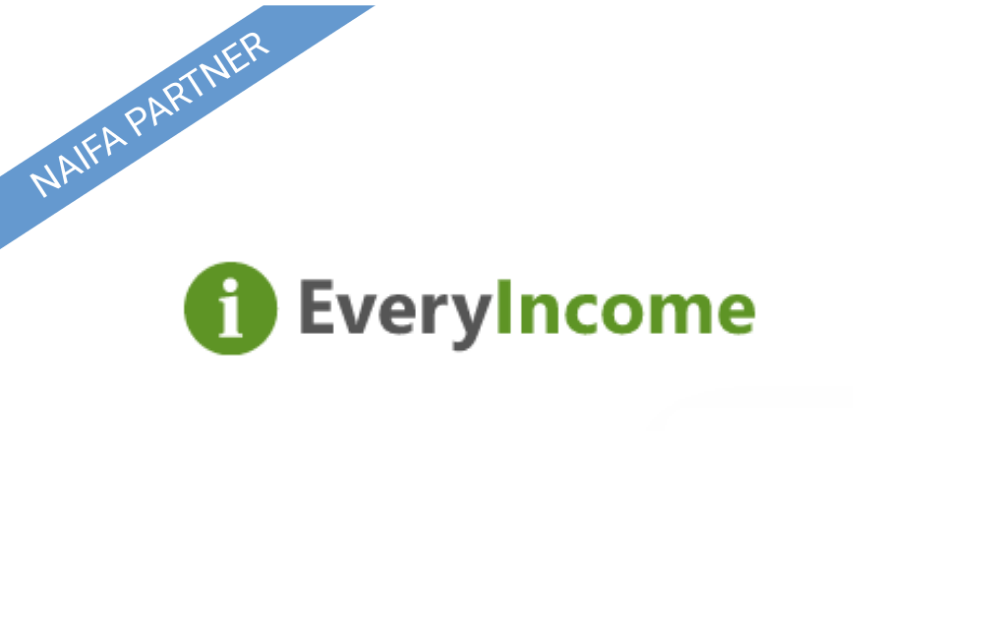Peer-to-peer lending (P2P for short), one of the newest and fastest-growing investment strategies, is a byproduct of the digital age.
Basically, it uses the internet to cut out the large lending corporations by letting individuals act as the investor.
It’s low risk, you remain in control, and it can be a good source of passive income.
How does P2P lending work?
In a nutshell, investors use a marketplace such as Lending Club or Prosper to find borrowers seeking personal loans.
P2P offers you a lot more control than other forms of investment — such as, say, the stock market.
Lending Club touts returns of 3 to 8 percent a year, while Prosper claims an average of 7.3 percent.
For you as an investor, there’s minimal upfront work involved. You register with one of the marketplace sites, agree to a deal with a borrower, and start putting your savings to good use.
By getting rid of the traditional middlemen — banks and other corporate lenders — both sides tend to get a lot more out of it.
How to get matched
The sites work a bit like dating apps. They’ll take your data — how much you have to lend, over what period, what sort of interest you expect to earn — and match it to someone whose needs are aligned.
They’ll look at the borrower’s credentials too, including what type of loan they want, their credit rating, and more.
With more and more people turning to these kinds of services, it’s not difficult to find “customers,” and there’s no limit to the number of loans you can offer at any time.
Earn rewards with little effort
The good thing about P2P lending is you don’t have to spend time chasing down recalcitrant borrowers. The lending platforms handle all the duties of collecting payments for you, not to mention the paperwork. So after taking the initial steps to set up your investment, it really is a great stream of passive income.
P2P lending keeps you in control
Peer-to-peer lending offers you a lot more control than other forms of investment — such as, say, the stock market.
You can choose where the borrowers are located, the type of loan you want to offer and more.
And most platforms also offer a buyback guarantee, meaning that the loan originator is obliged to buy back the loan if a repayment is late by a specified amount of time (usually sixty days), taking a lot of risk out of the equation.
With the high-interest rates typically associated with P2P lending, that’s important.
It’s important to remember that with buyback, the loan originator keeps a lot of the interest, so consider a mix of lower-risk, lower-interest loans and higher-interest ones with buyback.
The bottom line
Overall, peer-to-peer lending is an exciting new avenue for investment. Like any investment, there are minor risks involved, but you can offset them by having a diverse portfolio of loans and using several different lending platforms.
It’s also a very community-minded type of endeavor that gives you the satisfaction of knowing that you’re helping someone out while also earning yourself a decent stream of income.
EveryIncome is an Educational Partner to NAIFA as well as a supporter of financialsecurity.org. For members, you can learn more about EveryIncome and how to partner within the Member Portal.









.png?width=300&height=600&name=Tax%20Talk%20Graphic%20-%20email%20tower%20(300%20x%20600%20px).png)
